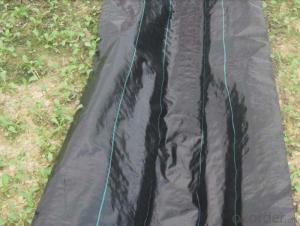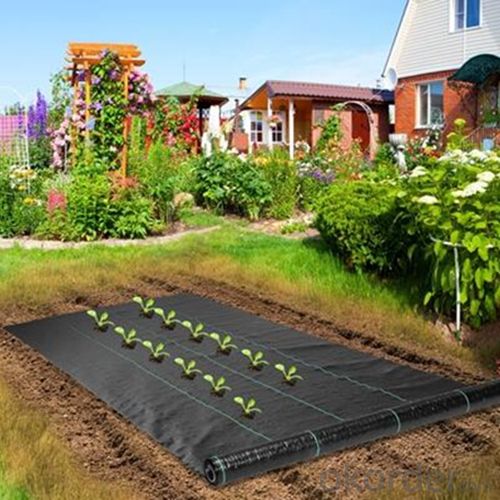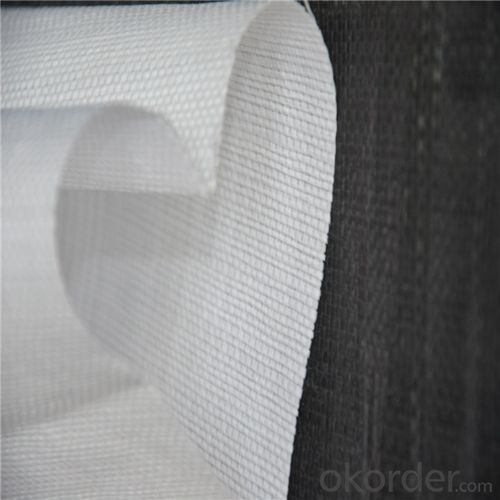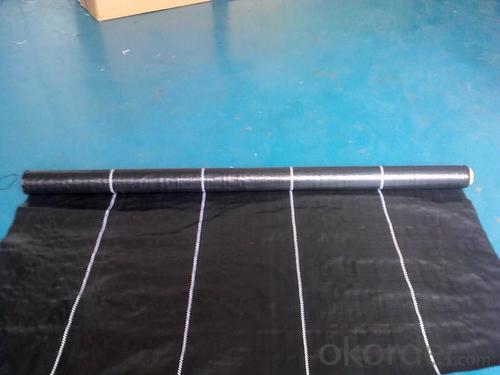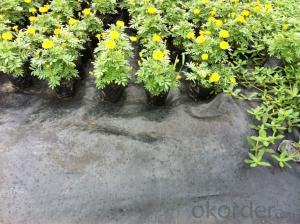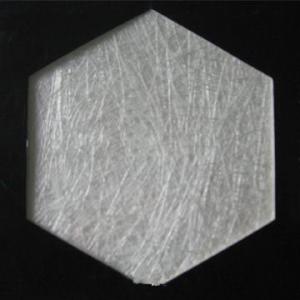Thrace Geotextile PP Weed Barrier Fabric for Garden Nursery Orchard
- Loading Port:
- Qingdao
- Payment Terms:
- TT or LC
- Min Order Qty:
- 10000 m²
- Supply Capability:
- 500000 m²/month
OKorder Service Pledge
OKorder Financial Service
You Might Also Like
Product Description
The weed control mat is made of environmentally friendly raw materials, pp woven fabric. It used to prevent the growth of weed, without the use of potentially dangerous chemical sprays or labor intensive hoeing. Once installed, weed mat will continue providing protection for years without maintenance.
They are permeable fabrics, which allow air, water and nutrients to pass through, and designed to block out the sun to reduce photosynthesis and stop weed growth.
Specification
Item No. | XG-SNN-05 | XG-SNN-06 | XH-SNN-07 | XH-SNN-08 | XH-SNN-09 |
Product specifications | 70GSM | 90GSM | 100GSM | 110GSM | 120GSM |
Material | PP/PE | ||||
model name | Plastic ground cover | ||||
width | 1m-6m | ||||
length | As your requirement | ||||
color | Green. black | ||||
type | warp knitted | ||||
useful life | 2-5 years | ||||
UV | 1%-5% | ||||
MOQ | 2Tons | ||||
packing | one roll one plastic bag | ||||
payment | T/T L/C | ||||
delivery time | 20 -30 days | ||||
package | 20ft: 8 t | ||||
Certificate | ISO9001 REACH EO | ||||
roll diameter | 15CM-38CM | ||||
market | Europe | ||||
Features
1. Weed suppressant and drainage control landscaping fabric
2. Easy to use, Environmentally friendly
3. Allows water, air and nutrients through, suppressing weeds without the use of chemicals
4. Reduces the level of watering required due to the slower rate of water evaporation
Application
1. Excellent Weed Control
2. Moisture, fertilizers, air reach plants to allow for healthy soil
3. Good water and air permeability
4. Exceptional toughness and strength
5. Durable, tear-resistant; won't rot or mildew
6. Lightweight, easy to install, follows natural ground contours
7. Ideal for use in landscaped beds, under decks and walkways.
Packaging & Delivery
| Packaging Details: | Packed In Roll Or In Bales Or Cartons Or According To Customers Requirement |
| Delivery Detail: | 20 Days After Order Confirmed |


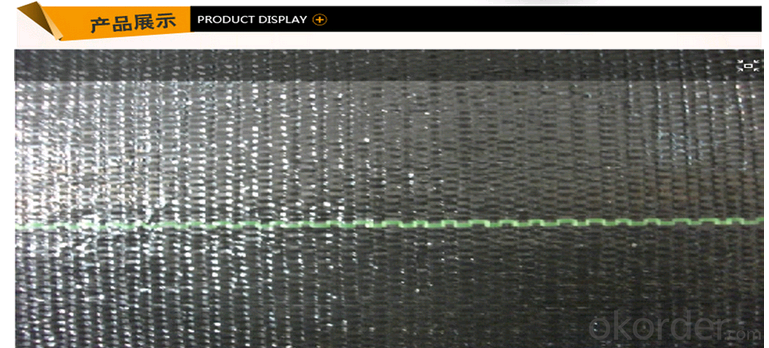


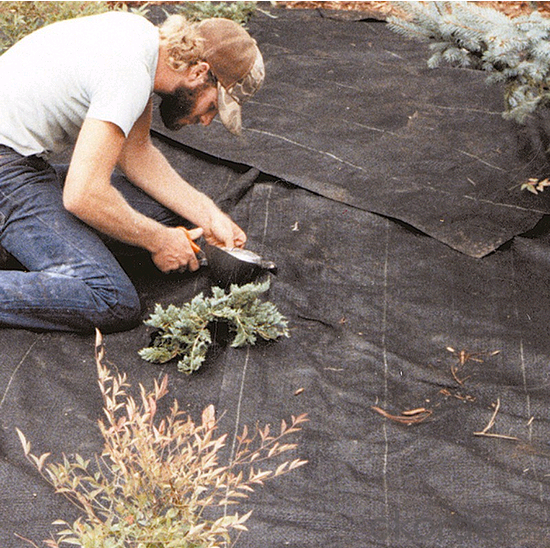

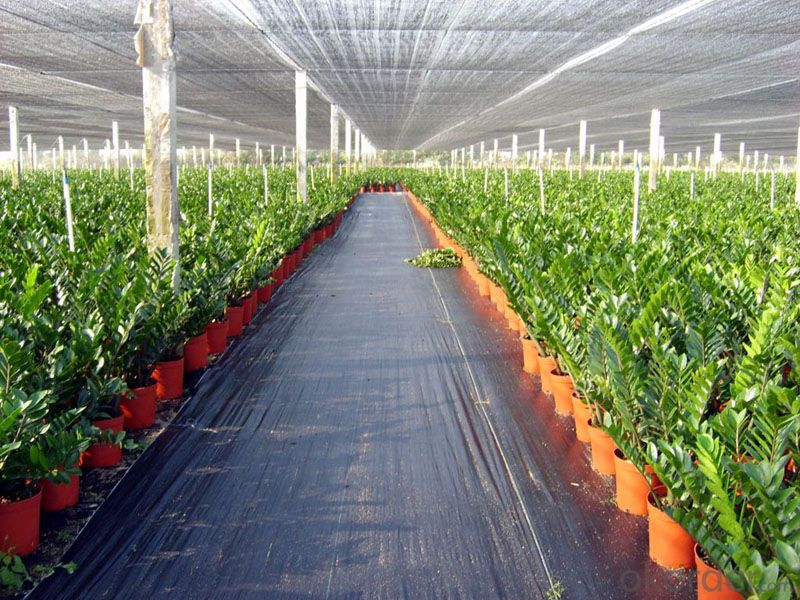
- Q: How do geotextiles help with sediment control?
- Geotextiles help with sediment control by acting as a barrier that prevents sediment from being washed away or eroded. They stabilize the soil, reduce erosion, and allow water to pass through while trapping sediment particles, thus preventing them from contaminating water bodies.
- Q: How can the geotextile extension of 65 to do the following
- I professional production geotextile geomembrane and other geotechnical materials, wish smooth
- Q: Can the mortar be made directly on the composite geomembrane of the reservoir?
- Yes, as long as there is geotextile can hold mortar I am the production of geotextile materials
- Q: How much is the geotextile machine?
- Cheaper point of the 4500 better 8,000 more
- Q: Subgrade geotextile lap law need to suture it
- General geotextiles require stitching. Geotextile stitching must be carried out continuously. Before the overlap, the geotextile must overlap at least 150mm. The minimum seam distance from the geotextile edge is not less than 25mm.
- Q: Are geotextiles suitable for use in rain garden systems?
- Yes, geotextiles are suitable for use in rain garden systems. Geotextiles help to filter and stabilize the soil, control erosion, and prevent clogging of drainage systems in rain gardens, making them an ideal choice for enhancing the functionality and longevity of these systems.
- Q: How do geotextiles help with sediment retention in sediment basins?
- Geotextiles help with sediment retention in sediment basins by acting as a barrier that filters and separates sediment from water. They allow water to pass through while trapping and retaining sediment particles, preventing them from being washed away. This helps to reduce erosion and sedimentation in the basins, promoting cleaner water discharge and maintaining the overall effectiveness of the sediment basin.
- Q: Are geotextiles suitable for use in geogrid reinforced embankments?
- Yes, geotextiles are suitable for use in geogrid reinforced embankments. Geotextiles provide separation and filtration properties, which help to prevent soil erosion and ensure the stability of the embankment. They also enhance the overall performance of the geogrid by improving load distribution and reducing differential settlement. Therefore, using geotextiles in conjunction with geogrids is a common and effective method for reinforcing embankments.
- Q: Geotextile construction requirements of the use of adhesive specifications
- Hello, geotextile construction is very simple, laying with less cutting, less overlap for the principle. Take the head set aside about 25 cm. Using double take the head, sew two lines. This is in principle to ask this, the general construction can not do so carefully. Huazhi geotechnical materials manufacturers to answer, need to talk.
- Q: Neighborhoods: anti-seepage composite geotextile testing need to follow which test specifications, and routine testing items.
- There is a special GB ah GBT-1998 I was the production of geotechnical materials
Send your message to us
Thrace Geotextile PP Weed Barrier Fabric for Garden Nursery Orchard
- Loading Port:
- Qingdao
- Payment Terms:
- TT or LC
- Min Order Qty:
- 10000 m²
- Supply Capability:
- 500000 m²/month
OKorder Service Pledge
OKorder Financial Service
Similar products
Hot products
Hot Searches
Related keywords
